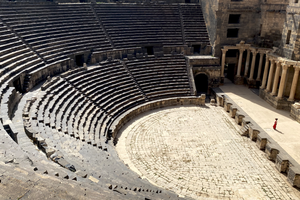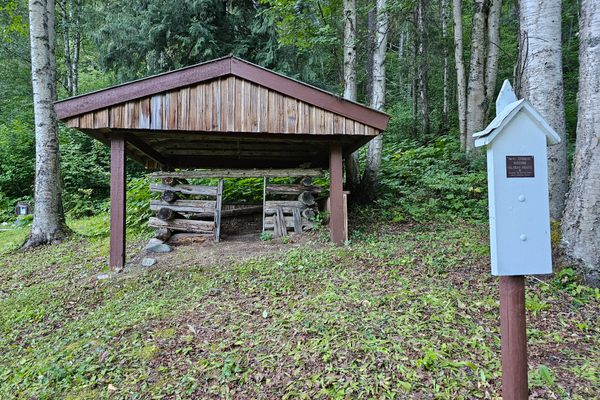About
There were no dramatic events causing a mass exodus from Serjilla. No catastrophe befell the small farming town, and no earth-shattering natural disaster struck. There was a smattering of invasion and disease, but mostly, Serjilla simply melted away into the landscape, forgotten yet preserved in time.
Known as the Dead Cities of Syria, a series of 800 small villages from the 5th century are remarkably preserved and give the world clues to life in a small Byzantine farming community. Serjilla is only 50 miles Southwest of Aleppo, and is one of the best kept of the Dead Cities.
Founded in 473 C.E, Serjilla was a small but prosperous agrarian town. Like all the villages in the area, Serjilla produced olives, olive oil, grapes, wine and wheat. Fruitful trade routes ran through the area and the people lived a modest Christian life with little luxury or grand monument. Archeologists who have studied the area have pointed to this modesty as a defining characteristic of the city, and have viewed the town as an average farming town from 1500 years ago.
In the 7th century, as the Umayyad dynasty began to gain power, trade routes shifted out of the area and the Dead Cities were slowly abandoned. There were some attacks during the time from Arab invaders. However, the migration from Serjilla and its neighbors was mainly based around economic concerns.
Today, the ruins feature many structures of the ancient town, including a Christian church, two-story villa and a small building with an olive press. Although the city was not abandoned in chaos, the many have remarked on the eerie setting around Serjilla and the absolutely barren landscape that surrounds it.
Related Tags
Know Before You Go
Visitors can take microbuses or taxis from Aleppo
Published
September 28, 2011








































